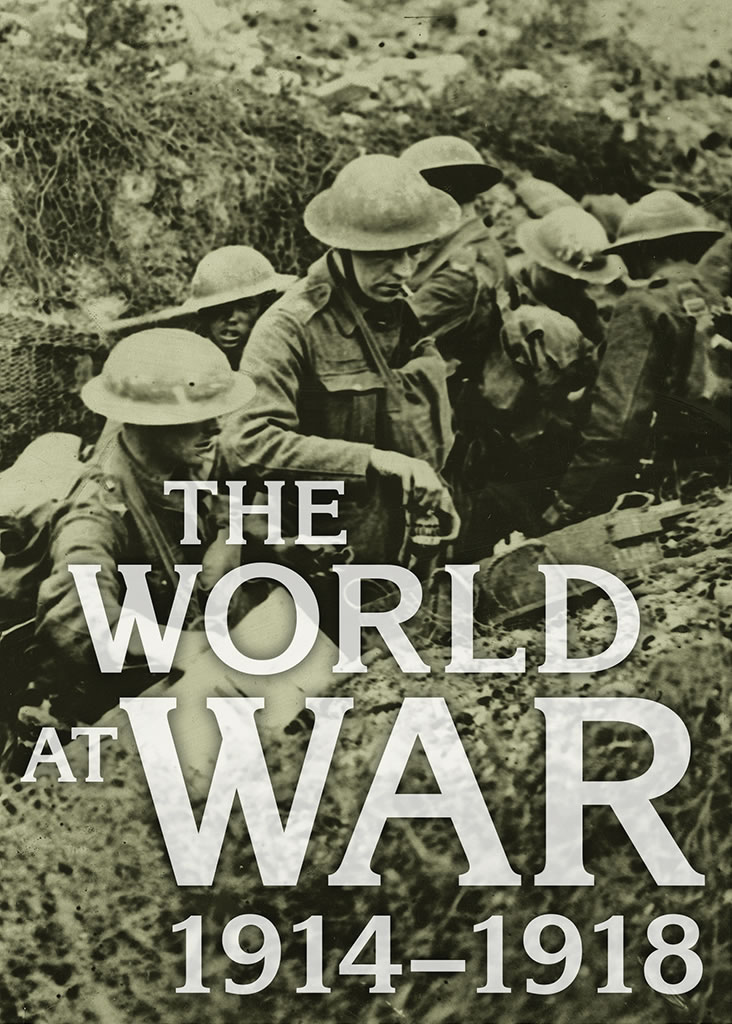The World at War
1914–1918
February 11, 2014 – August 3, 2014
The World at War, 1914–1918 marks the centenary of the start of World War I. Triggered by the June 1914 assassination of Archduke Franz Ferdinand of Austria by a Bosnian-Serb student, open conflict began the following month when Austria-Hungary invaded the Kingdom of Serbia in retaliation. Within weeks, nearly all of the nation-states of Europe were drawn into a war that lasted four long years and killed ten million servicemen. The trenches of the "war to end war" introduced the horrors of industrialized warfare in the form of the machine gun, tank, and poison gas. Meanwhile, home fronts faced threats of invasion and zeppelin attack, and whole societies were transformed by mass mobilization and an appalling global death toll. The collective personal and national trauma inflicted on all who experienced the war remains a potent touchstone for a contemporary world still embroiled in conflict.
Drawing on the Ransom Center's extensive collections, this exhibition illuminates the experience of the war from the point of view of participants and observers, preserved for a twenty-first-century generation through letters, drafts, and diaries, memoirs and novels, photographs and drawings by battlefield artists, and propaganda posters. Visitors to The World at War, 1914–1918 will better understand the history of the war through the archives of men and women who witnessed watershed events that ushered in the modern world as we know it. The literature of the famed trench poets of the conflict will be highlighted by drafts and journals composed on the front lines of battle. Letters and diaries written by women and children on the home front capture the anxiety of waiting for news from loved ones and bear witness to the changes in society brought forward by mass mobilization. Photographs of battles, evacuations, and the care of the wounded—many of which were censored during wartime—illuminate the realities of the soldiers, nurses, medics, and ambulance drivers closest to combat. Propaganda posters from the era offer insight into the aims of almost every major nation-state engaged in the conflict. Through these materials, The World at War, 1914–1918 seeks to recover the deeply personal experience of the war and to pay homage to an event that forever changed humans' relationships with war, grief, history, industry, faith, and one another.


